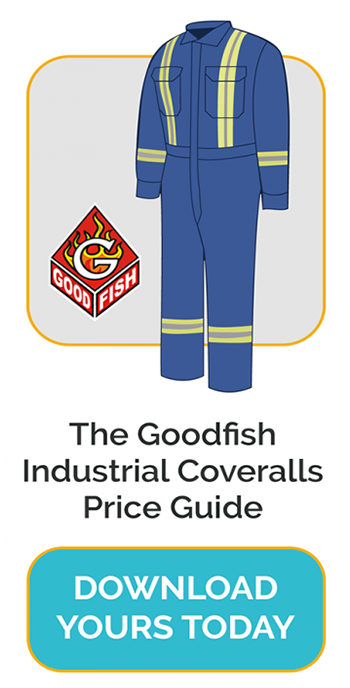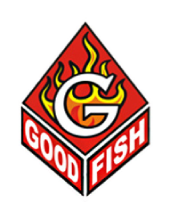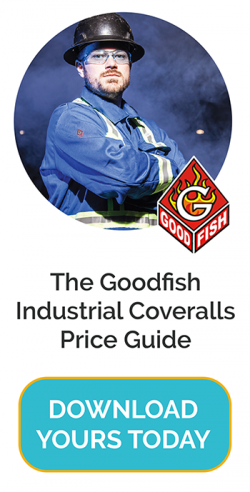
7 Points to Consider when Purchasing FR Coveralls
A recent study by Toronto-based eCompliance, a software company, indicates that the greater the involvement of workers in safety at their workplace, the better the safety performance. Safety concerns are a priority at most workplaces with dangerous conditions such as the oil, petroleum, natural gas, coal, and minerals industries, utilities, and food processing plants. There is a need for different types of protective gear including clothing with flame-resistant (FR) properties to safeguard them from the dangers of flash fires, arc flashes and more.
So, here are some factors to consider before you dive in and purchase FR coveralls to ensure you’re making the right choice:
Regulatory Requirements
Various non-profit organizations, as well as government bodies, issue guidelines for protective clothing to be worn by workers in hazardous occupations. The Canadian General Standards Board (CGSB), and the Canadian Association of Petroleum Producers (CAPP), are two such regulators who specify standards for FR clothing intended for the petroleum, oil, and natural gas industry. It is important to keep these specifications in mind when you buy FR coveralls.
What are your Hazards ? Flash Fire, Arc Flash, Hot Liquids
It is of out most importance that you take the time to understand the hazards your employees face on a day to day basis. Though quite similar, FR Fabrics have different properties that offer different levels of durability and protection. Make sure your coverall supplier offers solutions for your work environment. Coveralls options for industrial usage, such as the ones produced by Goodfish, are not only flame-resistant, they also offer protection from arc flash. If you are in a hot fluid situation we would love to hear from you as well to discuss your option
Material Used
Some types of materials are naturally resistant to flames and do not have to be subjected to chemical treatment. Silk and wool are two classic examples of such fibers. The tighter the weave of the wool, the greater are its FR properties.
While nylon and polyester are difficult to ignite, they do melt upon catching fire. Meanwhile, linen and cotton tend to catch fire easily, but can be chemically treated to extinguish flames. Modacrylic, Kevlar, and Nomex are some fibers that possess flame-resistance thus, making them a suitable choice for such apparel.
Alt-text: Some essential factors need to be considered before you buy FR coveralls such as those worn by the workers here.
Durability
Nothing lasts forever, and neither will FR coveralls. However, these are not items that you want to or can afford to keep purchasing on a frequent basis. So, look for clothing that is durable and can withstand the rigors of the oil and gas sector. The average lifetime of FR clothing can be anywhere from nine months to five years depending on the frequency of use, the material, and the cleaning process it goes through.
Comfort
It is important that your workers stay comfortable while wearing protective clothing. While there was a time when choices were limited when it came to FR clothing, this is not the case today. The high quality materials used by reputed brands in the FR clothing segment ensure comfort with safety. This makes it necessary to look at a good brand along with the appropriate size and material when it is time to buy FR coveralls.
The Fit
With FR clothing, a looser fit is thought to offer better protection because it provides an extra layer of air between the wearer and the garment. This insures added insulation against flames or heat in the event of a fire accident. Tight clothes can bring the fire into immediate contact with skin. It is essential to look for coveralls that are not too loose either because these can snag on equipment or other objects in the work zone which can prove dangerous.
Maintenance Required
The right type of care and maintenance is essential not only to ensure the longevity of FR clothing. Not doing this can strip the clothing of its FR properties and thus, make them less effective in hazardous environments. Special laundering is required to ensure that this does not happen and you get the best use out of FR clothing. So maintenance costs will have to be factored in while making your choice.
Using the right type of FR coveralls best suited for your area of operations is critical to the safety and well-being of your employees. Knowing the kind of risks involved in your industry and being aware of the necessary safety regulations can help you in this. Being armed with knowledge about the types of fabrics used in FR coveralls, the kind of maintenance necessary, and following safety standards ensures that you are doing your best to safeguard your employees.
Goodfish is armed with everything you need to maintain and guarantee that your FR coveralls will last and thrive in your work environment. Find out more today.




 Your privacy is important to us, and we are committed to protecting your personal information.
Your privacy is important to us, and we are committed to protecting your personal information.